Excessive Ear Wax Characteristics
Having more ear wax than normal is quite a common phenomenon. It can interfere with the troubled person’s hearing capability due to sound blockage it may cause. Therefore, it is important to keep your ears clean, so, as not to experience any of the negative symptoms this condition has in store.
Naturally, the sweat glands in our ears produce this oily substance we call wax to protect our ears. The way, being sticky as it is, is capable of grabbing all the particles which might cause damage after reaching the deeper parts of our ear. Usually, excessive amounts of this wax are all supposed to dry out and get expelled from our ears. However, sometimes, wax piles up excessively, creating obstructions in our ears, and potentially causing problems.
Reasons behind Excessive Ear Wax
As mentioned above, problems emerge once the excessive ear wax reaches deeper into our ears. This may take place if we use earplugs or, perhaps, hearing aids. Earphones and similar devices have the same effect.
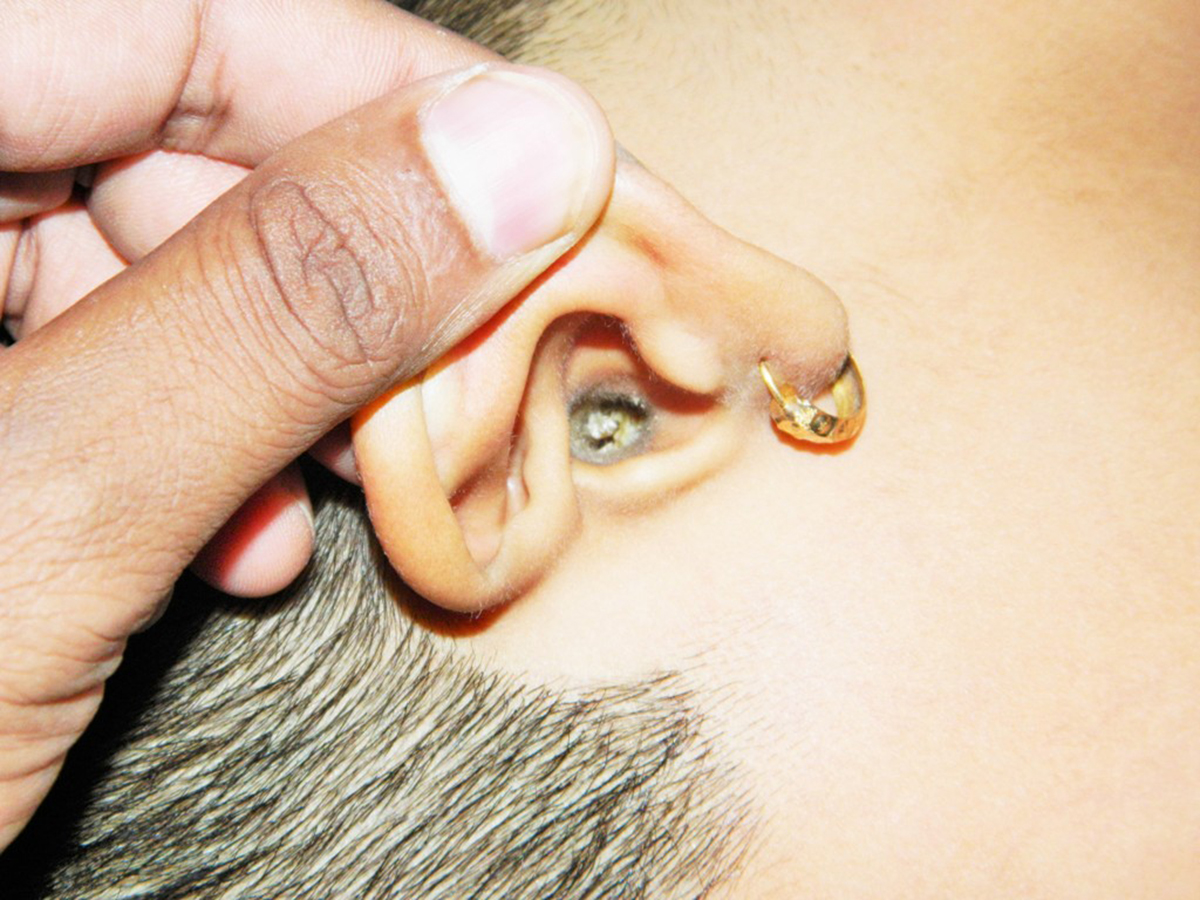
Moreover, many of us, by carelessly using cotton swabs while cleaning our ears, tend to push the wax matter deeper into the ear, blocking the free passage of sound and air. Nevertheless, a lack of ear hygiene would probably lead to this condition as well.
The likelihood of excessive ear wax production varies from one individual to another. Some of us may produce more ear wax, while some are prone to lesser production of this protective substance. Any blockage may lead to infections or hearing difficulties, as well as some other complications.
Manifestations of Excessive Ear Wax
Apart from feeling that something unwanted is located in your ear, you might experience pain, dizziness, loss of balance, hissing or other high-frequency sounds, or even cough. The worst-case scenarios involve temporary loss of hearing due to complete ear blockage or permanent loss of hearing caused by ear drum damage due to excessive ear wax reaching it. Finally, awkward or unpleasant smells coming from ears, possibly accompanied by unnatural discharge, all add to the list of possible symptoms.
Possible Treatment
There are numerous different ways of treating this condition. Firstly, you might consider placing several drops of olive oil or hydrogen peroxide into your ear. These will make the wax more soft and fluid, thus making it possible for you to wash it out. Make sure the olive oil is warm. Simply enough, warm water may help you as well.
If that fails, make sure you seek medical assistance. There, the doctor will help you with numerous medical solutions capable of cleaning your ears and expelling the wax completely. Also, if there is an underlying illness behind the above-mentioned symptoms, he or she will let you know.
- Earwax build-up occurs in anyone but often in older people and those using hearing aids or earbud earphones. Up to 44% of care home residents with dementia also have impacted earwax and about 2.3 million people/year in the UK have troublesome earwax requiring removal.
- Studies investigating earwax removal methods report how much of the tympanic membrane is visualised before and after treatment, but this does not capture the impact of the symptoms. This article reports on a symptom survey completed by 489 patients who attended the Trafford Ear Care Service, Manchester, during 2022. The most common symptom was hearing difficulty (86.5%; 423) with half of those with hearing difficulty reporting additional symptoms, including discomfort, tinnitus, or change in quality of their voice. Before wax removal, the most bothersome symptom was reported to be hearing difficulty (78.3%; 383), impacting on communication, focused listening (for example, TV), and awareness of surroundings. Predicting the effect of impacted wax on an individual is difficult as it depends on the quantity, consistency, and location of the wax within the ear canal.
- The National Institute for Health and Care Excellence (NICE) recommends that earwax removal services should be available in primary care. However, earwax services are so scarce and non-existent in some locations that user groups led by the Royal National Institute for Deaf People campaign for wider access in primary care.
- Controversies raised in parliament and media reports question referral to secondary care (ENT) with long delays, inappropriate use of specialist services, and the need to access private care from non-NHS ‘high street’ hearing aid dispensers. A Healthwatch Oxfordshire survey revealed that adults with earwax required 1–4 NHS visits prior to attending a dewaxing clinic, that time from symptoms to resolution was 3–30 weeks, and that microsuction required additional visits and longer waits.
- NICE recommends electronic water irrigation and microsuction for earwax removal (or an alternative such as manual removal). Direct comparison of these two procedures in terms of safety, effectiveness, and costs is lacking. National training courses on wax removal for registered healthcare professionals (nurses, healthcare assistants) are available, with a requirement for an update every 3 years.
- www.nhs.uk/conditions/earwax-build-up/
- www.betterhealth.vic.gov.au/health/conditionsandtreatments/ear-wax
- Photo courtesy of Anand2202 by Wikimedia Commons: commons.wikimedia.org/wiki/File:Ear_Wax.JPG


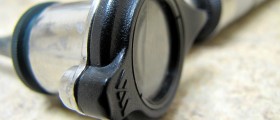


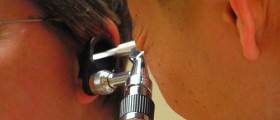

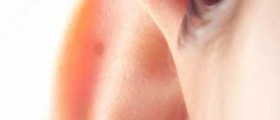
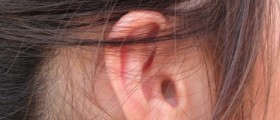
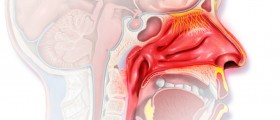
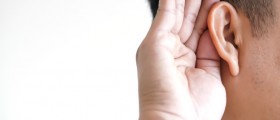
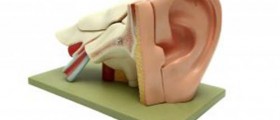


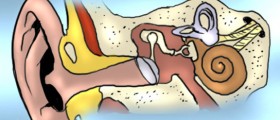
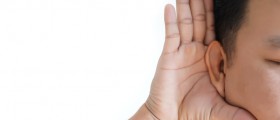

Your thoughts on this
Loading...